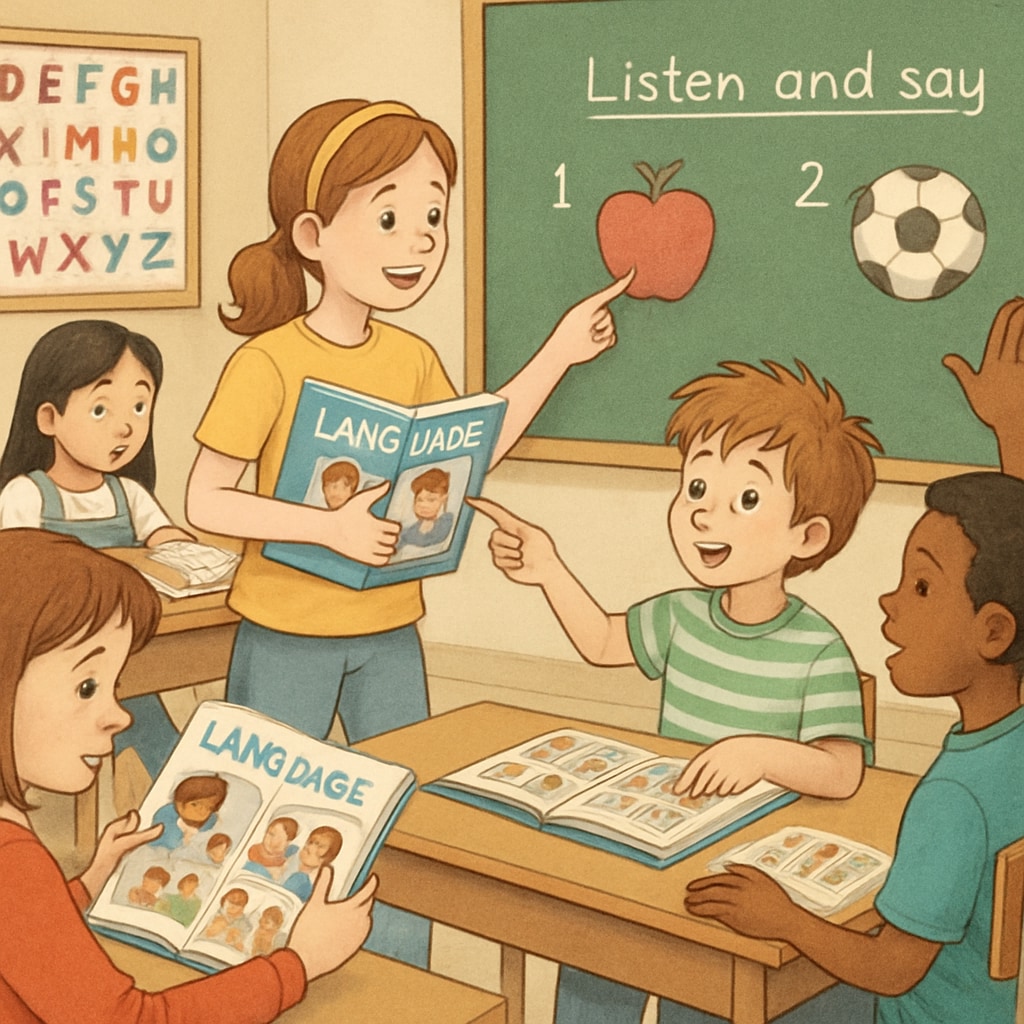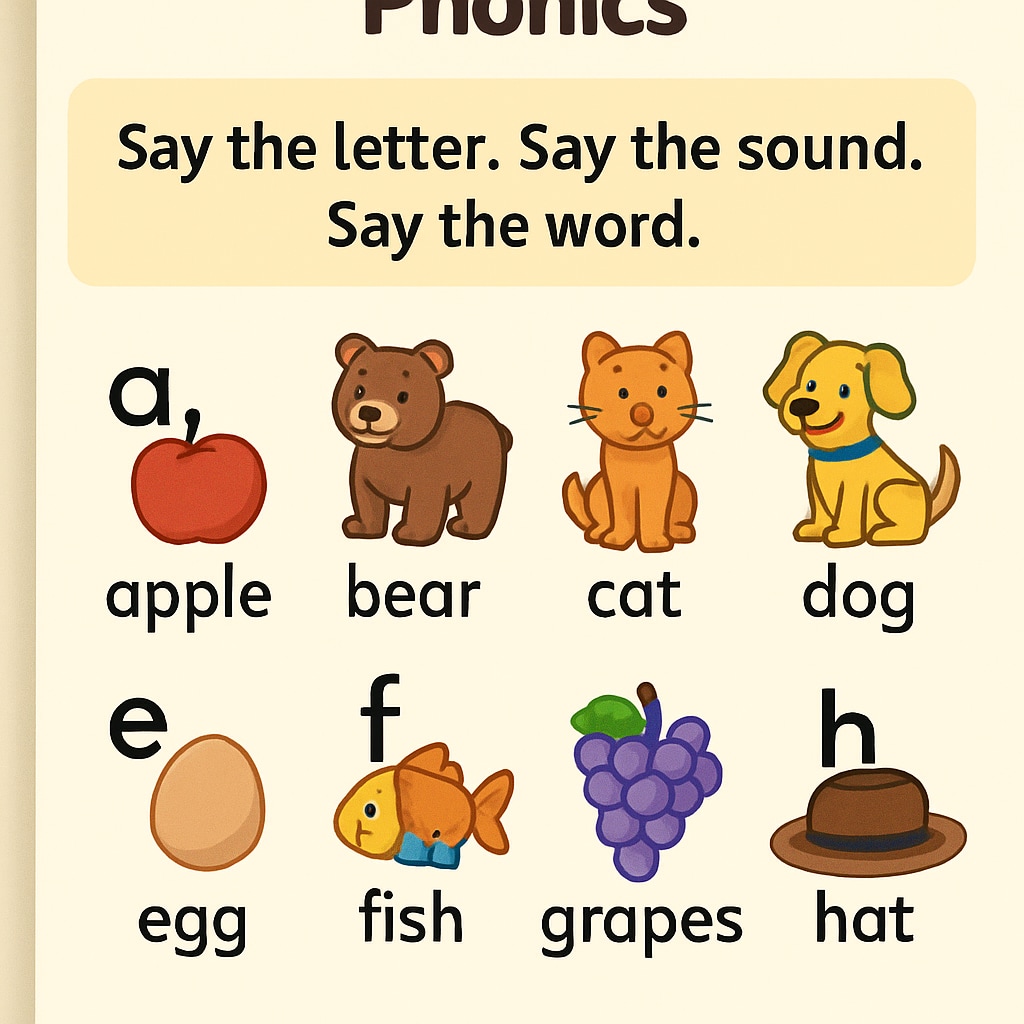Effective language education during the primary school years is essential for shaping a child’s communication skills and overall cognitive development. High-quality resources like World of Language serve as exemplary tools in this pursuit, offering structured and engaging learning experiences. Selecting the right primary language teaching materials can profoundly impact children’s ability to develop reading, speaking, and comprehension skills.
In this article, we will delve into the characteristics of ideal language teaching resources, analyze the benefits of the World of Language series, and provide practical tips for choosing materials that align with the evolving needs of young learners. By emphasizing the importance of scientific reading methodologies and oral communication, educators can create a strong foundation for linguistic success.
Key Features of High-Quality Primary Language Teaching Materials
Choosing the right language textbooks requires a comprehensive understanding of what constitutes effective teaching materials. Here are the key attributes to look for:
- Structured Progression: Textbooks should guide students through language concepts in a logical sequence, gradually building their vocabulary and grammar skills.
- Interactive Content: Activities, games, and exercises that encourage active participation help sustain interest and reinforce learning.
- Multisensory Approach: Incorporating visual aids, audio resources, and hands-on tasks ensures diverse learning styles are addressed.
- Real-Life Context: Lessons that apply language skills to real-world scenarios enhance practical communication abilities.
The World of Language series stands out for addressing these aspects effectively, making it a valuable asset for educators.

Why the World of Language Series is a Game-Changer
The World of Language series is renowned for its ability to captivate young minds while fostering language proficiency. By integrating activities that focus on both reading and speaking, these materials support holistic development. In addition, the series emphasizes phonics (sound patterns in language) and vocabulary building, which are fundamental for early learners.
Educators praise the series for its adaptability, making it suitable for varied classroom settings. Whether teaching native speakers or introducing English as a second language, World of Language provides comprehensive support for all learning levels.
For instance, the series includes engaging stories, practical exercises, and visual prompts that encourage creativity and critical thinking. By combining these elements, it equips students with skills they can apply in daily interactions and academic pursuits.

Practical Tips for Selecting Language Teaching Materials
Finding the right teaching materials can be challenging, but these tips can simplify the process:
- Assess Student Needs: Understand the specific requirements of your students based on their age, proficiency, and learning objectives.
- Research Reviews: Consult educators and online reviews to identify highly recommended resources like World of Language.
- Trial and Feedback: Pilot new materials in your classroom and gather feedback from students to ensure engagement and effectiveness.
- Consider Supplementary Resources: Pair textbooks with multimedia tools like videos and apps for a well-rounded approach.
As a result, educators can tailor their curriculum to meet diverse learning needs, fostering a positive and enriching educational experience for young learners.
The Role of Scientific Reading and Oral Communication in Language Education
Two critical aspects of primary language education are scientific reading and oral communication skills. Scientific reading involves teaching students how to decode text systematically, focusing on phonics and sentence structure. This method ensures children can understand and analyze written materials effectively.
Oral communication, on the other hand, emphasizes developing students’ ability to express ideas clearly and confidently. Activities like group discussions, presentations, and role-playing are excellent tools for enhancing speaking abilities. Together, these approaches prepare children for advanced linguistic challenges in later stages of education.
The World of Language series integrates both these elements seamlessly, making it an ideal choice for educators aiming to balance reading comprehension with verbal proficiency.
Conclusion: Selecting the right primary language teaching materials is crucial for nurturing children’s linguistic and cognitive growth. Resources like World of Language exemplify the qualities of effective teaching tools, supporting structured learning and fostering creativity. By focusing on scientific reading and oral communication, educators can equip students with the skills needed to excel in language mastery.
Learn more about language acquisition on Wikipedia
Explore the concept of education on Britannica


